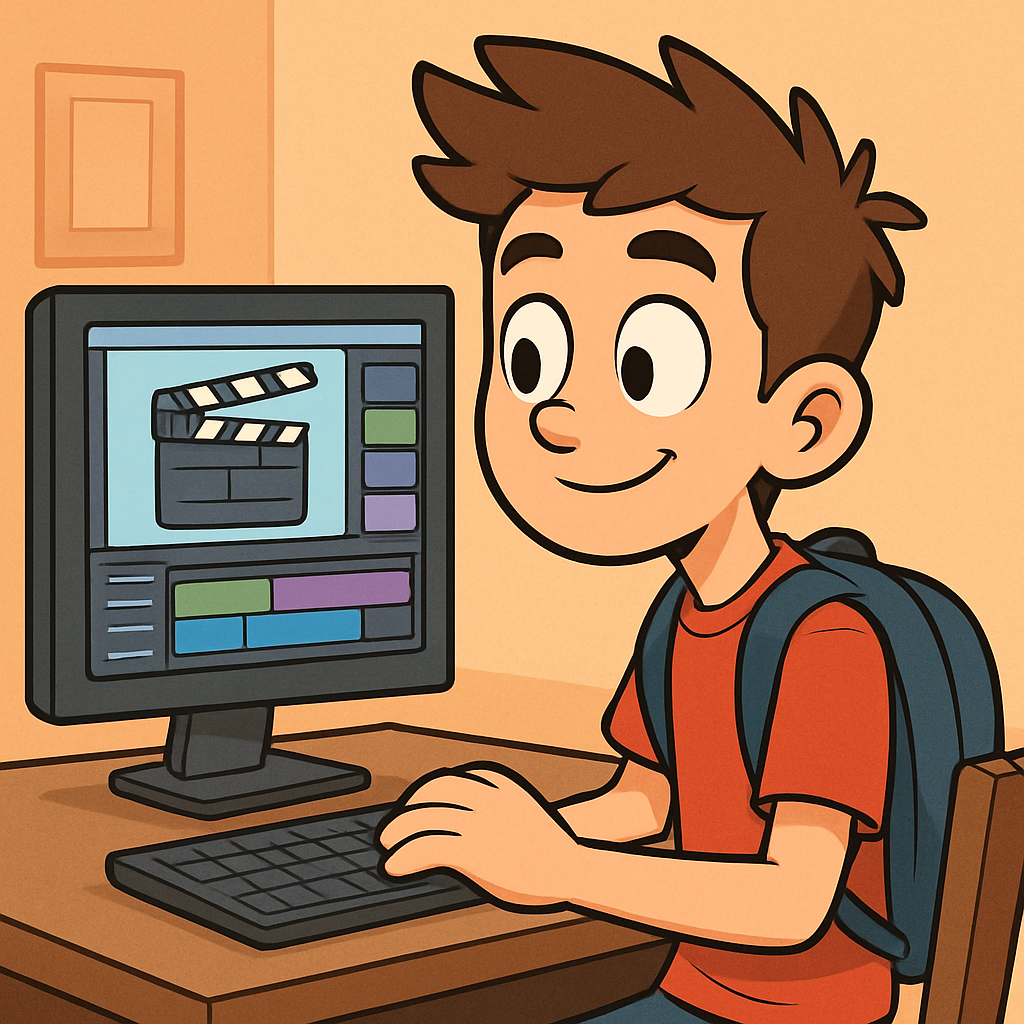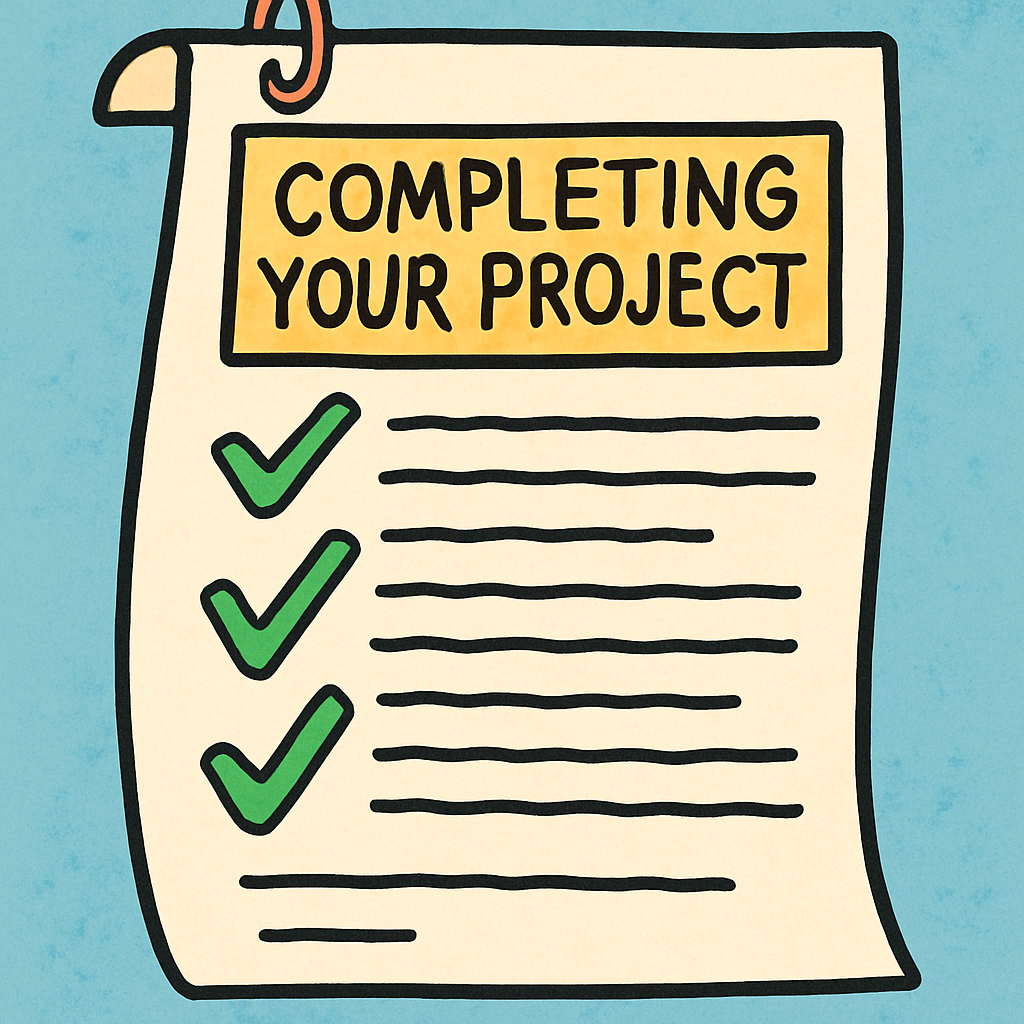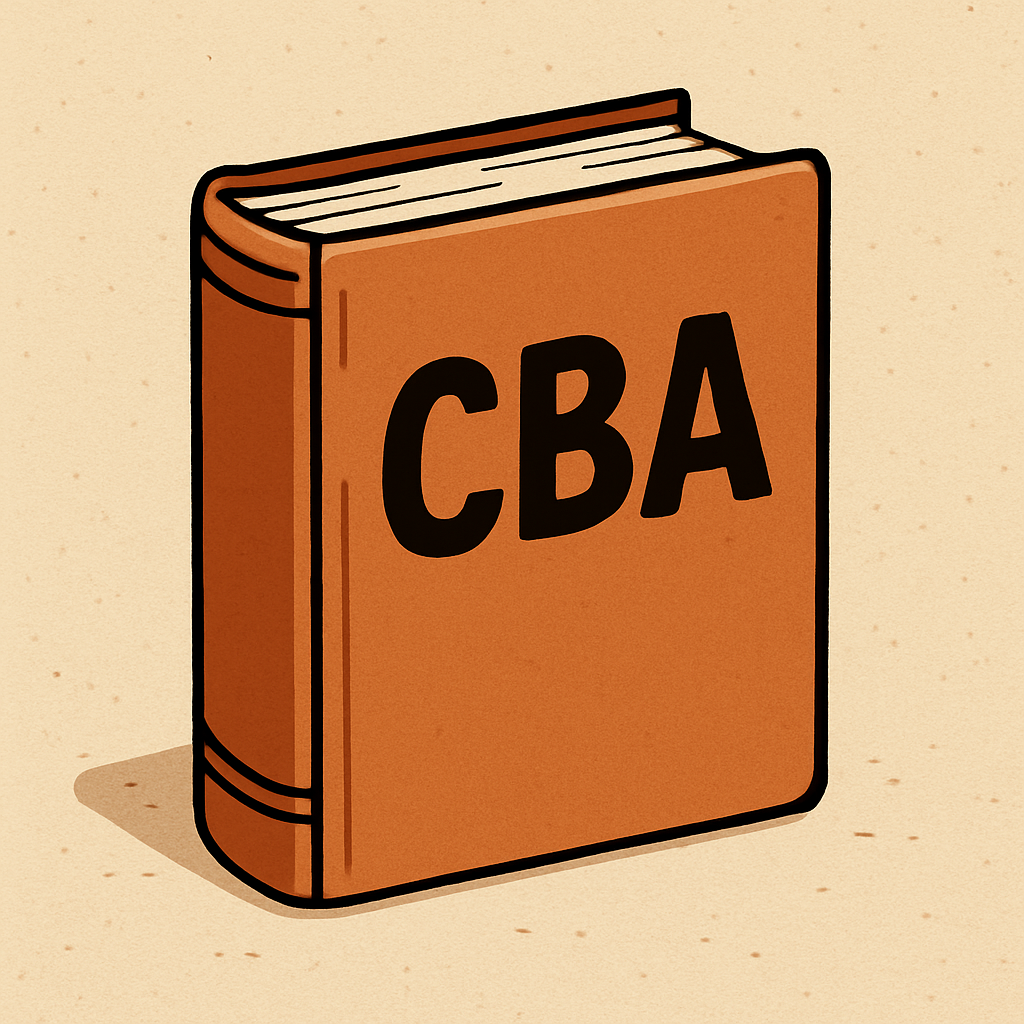 The Classroom-Based Assessment (CBA) for Digital Media Literacy is your chance to showcase the skills you’ve learned throughout the course in a practical, creative way. Instead of a traditional test, you will plan, research, create, and reflect on your own digital media project.
The Classroom-Based Assessment (CBA) for Digital Media Literacy is your chance to showcase the skills you’ve learned throughout the course in a practical, creative way. Instead of a traditional test, you will plan, research, create, and reflect on your own digital media project.
This project will highlight your ability to:
Investigate and evaluate digital information.
Use digital tools to create original content.
Communicate ideas effectively through design, structure, and creativity.
Reflect on your work as a digital citizen.
 Take some time to think about what excites you most and what best suits your topic. Consider your skills, the tools you’ve learned, and how you can show creativity. For example, if your topic is online safety, a video might let you include fun graphics, while a podcast could focus on storytelling through sound.
Take some time to think about what excites you most and what best suits your topic. Consider your skills, the tools you’ve learned, and how you can show creativity. For example, if your topic is online safety, a video might let you include fun graphics, while a podcast could focus on storytelling through sound.
To inspire you, here are some example project types:
🎬 A short documentary video on online safety, using video editing tools to include interviews and graphics.
🎙 A podcast episode about the ethics of AI, with audio editing for narration, sound effects, and background music.
🎨 A digital campaign poster on digital footprints, designed with image editing software for maximum visual impact.
🌐 A mini-website exploring social media influence, built with simple web tools and interactive elements.
 To help guide your work, here are the key steps to follow:
To help guide your work, here are the key steps to follow:
To give yourself the best chance of achieving a high standard, keep these tips in mind:
✅ Aim for clarity: Make sure your project communicates your ideas clearly and effectively.
🎨 Be creative: Use your tools in original and imaginative ways.
🔎 Check reliability: Ensure your sources are credible and relevant.
🕒 Manage your time: Break your work into smaller tasks and set mini-deadlines.
💭 Reflect often: Think about how your project connects to the skills and ideas you’ve learned during the course.
Teachers use the Features of Quality, set out in these guidelines, to decide the
level of achievement in each Classroom-Based Assessment.
| Exceptional Describes a piece of work that reflects the Features of Quality for the Classroom-Based Assessment to a very high standard. While not necessarily perfect, the strengths of the work far outstrip its flaws, which are minor. Suggestions for improvement are easily addressable by the student. |
The student has created a highly relevant digital media project that demonstrates excellent development across the strands. The design and presentation of the project is comprehensive. The student’s reflections demonstrate an excellent understanding of their learning progression, including problem-solving and computational thinking. The student demonstrates an excellent awareness of the ethical and/or legal issues they have encountered. |
| Above Expectations Describes a piece of work that reflects the Features of Quality for the Classroom-Based Assessment very well. The student shows a clear understanding of how to complete each area of the task. Feedback from the teacher might point to the necessity to address some aspect of the work in need of further attention or polishing, but, on the whole the work is of a high standard. |
The student has created a relevant digital media project that demonstrates very good development across the strands. The design and presentation of the project is very good. The student’s reflections demonstrate a very good understanding of their learning progression, including problem-solving and computational thinking. The student demonstrates a very good awareness of the ethical and/or legal issues they have encountered. |
| In Line with Expectations Describes a piece of work that reflects most of the Features of Quality for the Classroom-Based Assessment well. It shows a good understanding of the task in hand and is free from significant error. Feedback might point to areas needing further attention or correction, but the work is generally competent and accurate. |
The student has created a digital media project that demonstrates good development across the strands. The design and presentation of the project is good. The student’s reflections demonstrate a good understanding of their learning progression, including problem-solving and computational thinking. The student demonstrates a good awareness of the ethical and/or legal issues they have encountered. |
| Yet to Meet Expectations Describes a piece of work that falls someway short of the demands of the Classroom-Based Assessment and its associated Features of Quality. Perhaps the student has made a good attempt, but the task has not been grasped clearly or is marred by significant lapses. Feedback will draw attention to fundamental errors that need to be addressed. |
The student has created a digital media project that demonstrates limited development across the strands. The design and presentation of the project is limited. The student’s reflections demonstrate a limited understanding of their learning progression, including problem-solving and computational thinking. The student demonstrates a limited awareness of the ethical and/or legal issues they have encountered. |
 After finishing your Classroom-Based Assessment (CBA) project, take time to reflect. This helps you evaluate your work, spot strengths and improvements, and show your growth in digital media literacy. Reflection is key to the assessment, highlighting your understanding of course skills.
After finishing your Classroom-Based Assessment (CBA) project, take time to reflect. This helps you evaluate your work, spot strengths and improvements, and show your growth in digital media literacy. Reflection is key to the assessment, highlighting your understanding of course skills.Answer these questions in a reflection document or notebook:
A good reflection highlights your achievements and learning. Review your project for polish, submit as instructed, and think about applying these skills in the future.